Troubleshooting a soundbar can be challenging. With minimal controls and no display, it’s often a process of trial and error. But, knowing where to start can save time.
The most common issues with soundbars result from improper connections, incorrect device settings, or poor placement. These fixes are usually simple, but some may take longer to troubleshoot. Start with the easiest solutions first and move on to more complex ones if needed.
There are many reasons why your soundbar may not be working properly. Here are nine of the most common issues users face. By following these troubleshooting steps, you can fix the problem quickly and save time and money.
Before trying any of these steps, always start with a power cycle. Unplugging your device and plugging it back in after 15 seconds can solve many problems.
Table of Contents
When the System Fails Completely
The first category of soundbar problems includes instances where the system doesn’t work at all.
The system fails to turn on

When it comes to power issues, the first step is to determine if the soundbar is actually off. Most soundbars have an indicator light that shows when they are powered on. Refer to your manual to find the location of this indicator light on your device. If the indicator light is on, you likely have a sound problem rather than a power problem.
In case the soundbar is not powering on, try using the power button on the soundbar instead of the remote. If this works, the remote’s battery or the remote itself may need to be replaced.
If the soundbar still doesn’t turn on, check all the connections. Your soundbar needs to be connected to both a device sending sound and a power source. Make sure that all outlets and ports are free of debris and securely connected and that there are no cut or damaged wires or cables in your setup. If there are, try replacing them.
Even if your soundbar is out of warranty, you may be able to get a replacement power cable from the manufacturer.
No Sound

If your soundbar is turning on but not producing any sound, check your volume settings. Start by trying the remote, but also check the volume controls on the soundbar itself if this doesn’t work. Also, make sure to check the volume settings on your source device. The volume on the source device should be set to the maximum, and all volume control should be handled by the soundbar.
If you connect your soundbar to your source device with HDMI, you may be able to use a feature called HDMI CEC. It allows for universal volume control across all connected devices, and the ability to control them with one remote.
If you’re still not getting sound from your soundbar, check your connections. If they appear secure, try using alternative ports if available. This will eliminate the possibility of a damaged port. If you are connecting wirelessly, ensure that your device is paired.
In case the connections are secure, try using a different cable to connect your soundbar to your device. This will eliminate the possibility of a faulty cable. If none of these solutions work, try connecting an audio source through a different connection. If this doesn’t work, it may indicate internal damage to your soundbar.
Issues with Performance
The next category of common issues with soundbars is when the system powers on and is functional, but there may be some performance issues. These issues could include poor sound quality, distorted audio, or other issues. In addition to the troubleshooting steps provided, you can also refer to a guide on how to improve the overall sound of your soundbar for more tips and advice.
No Advancement in TV Audio
If you’re getting sound but it sounds like the TV’s sound, it’s likely that the audio is being routed to the TV rather than the soundbar. To fix this, check your audio settings to ensure that your source device is sending sound to the soundbar. The best way to do this is by consulting the manual for your source device and following the instructions for connecting external audio devices.
If the audio quality is poor or there is no sound, refer to the troubleshooting steps for dealing with no sound as mentioned above. This can be caused by issues with your volume settings or connections.
Abnormal or Low Volume Sound
If you’ve tried all the above steps and still can’t fix the sound, it’s possible that your soundbar is in a special audio mode. Some soundbars come with a night mode or dialogue-enhancement mode, which modify the sound for specific uses. Night mode is designed to reduce certain frequencies to avoid disturbing others in adjacent rooms, while dialogue-enhancement mode amplifies higher-pitched frequencies and is good for watching news and other highly narrated content.
However, if you accidentally enable these settings, it can make your content sound strange, especially for movies with powerful soundtracks. To fix this, consult your manual on how to disable these special sound modes.
If you continue to have trouble, it may be that your source device is broadcasting a type of audio that your soundbar can’t fully produce. This could be the case if your source device is broadcasting a 5.x surround sound signal to a 2.x or 3.x soundbar, resulting in the rear channels not being fully produced. To fix this, consult your soundbar manual and adjust your TV’s audio settings to match the speaker arrangement.
Asynchronized Sound and Video

Another common issue is audio syncing. This occurs when the sound from your soundbar is not in sync with the video on your TV. This problem can happen when your source device is connected directly to your soundbar, which then passes the video on to the TV. Many TV boxes, Sky boxes, and disc players have a feature to prevent this.
Noise
There are a few potential sources of “fuzziness” in sound. As a result, we can divide our approach into two categories:
Checking All Connections and the Source:
The most common cause of unwanted sound is often the cable. This is particularly true for analog audio. To fix this, check all connections to make sure they are fully inserted and secure.
If your connections are good, you may be experiencing some sort of interference. Although the cable is likely the cause, the problem may be amplified by improper volume settings.
To avoid this, make sure your source is set to maximum volume and use the soundbar to control the volume. This helps because low input volume can be overwhelmed by interference, which the soundbar will amplify along with the audio signal.
Modifying the Positioning:
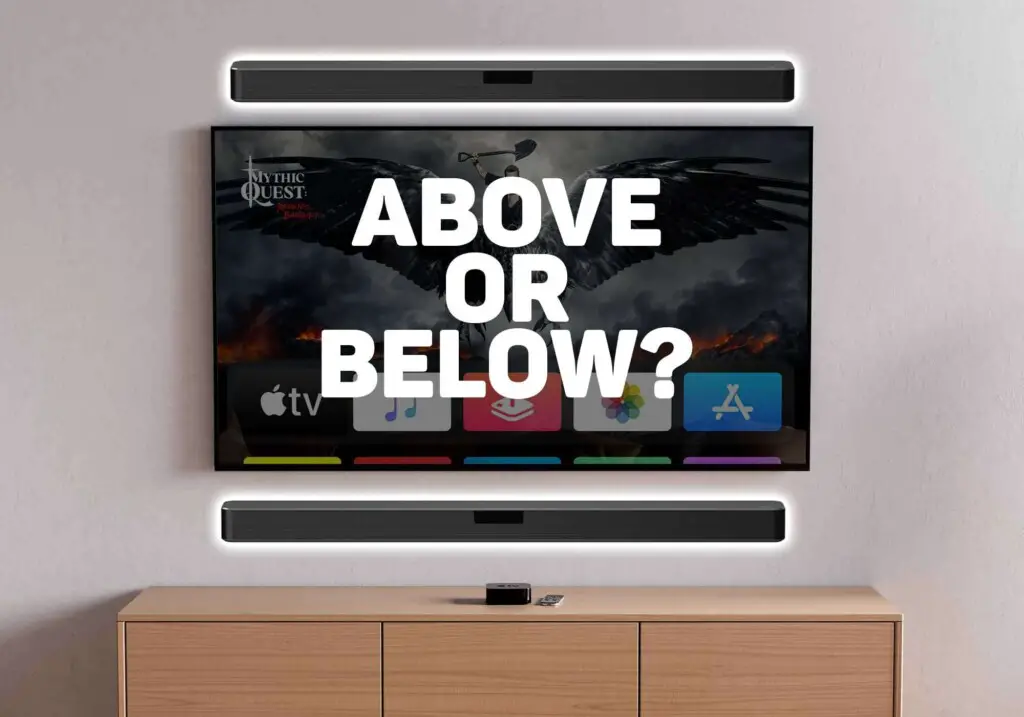
The position of a cable can also lead to radio interference. A simple solution is to move or organize your cables. This can be done using rubber bands or twist ties. There are also specialized accessories such as the JOTO Cable Management Sleeve (available on Amazon) that can be used to organize your cables.
If the connections you use are shielded, such as HDMI, it may be worth upgrading your cables. Cheap cables may have poor shielding materials, which can lead to interference.
Another potential cause of unwanted noise is “60 cycle hum” or “mains hum.” This sounds like a constant low buzzing and is caused by nearby high-voltage currents. Common sources include household wiring and fluorescent lighting.
To solve this issue, try moving the soundbar. If it is mounted on your wall, take it off the mount and find an area on your wall where you do not hear the hum, then reinstall the mount there.
Device Connection Issues
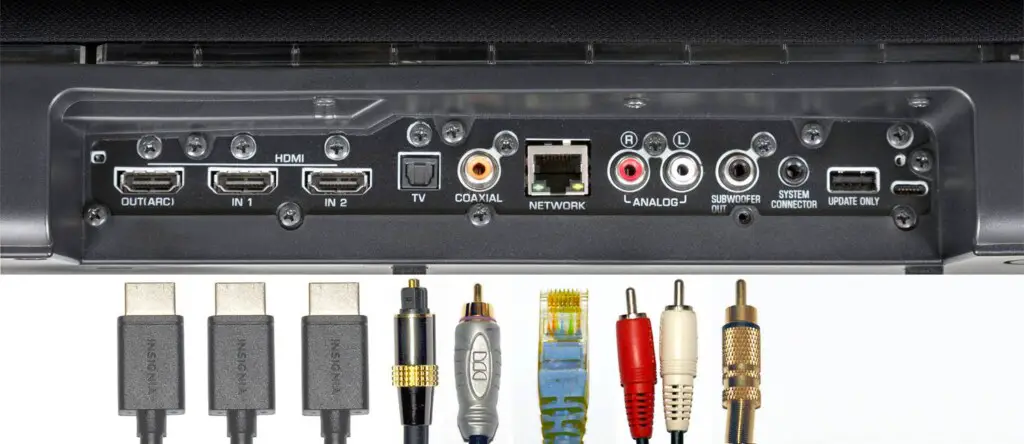
These problems can be related to devices failing to connect or maintain a connection.
Soundbar Shuts Down during Playback
If your soundbar repeatedly cuts off while you are watching content, it may be due to energy-saving settings. Though these settings are beneficial for the environment and the longevity of your device, you may need to disable them if they are causing problems.
One potential cause of this behavior is poor volume calibration. To fix this, ensure that the volume of your source device is set to maximum. Since energy saver mode is sometimes triggered by a lack of audio signal, using maximum volume will minimize this problem. It’s always best to control the volume with your output device whenever possible.
If this doesn’t fix the problem, you may need to disable energy-saving mode. If this does fix the issue, you likely won’t notice any difference otherwise.
No Sound from Subwoofer
Not being able to get sound from the subwoofer can be frustrating, especially since subwoofers can greatly enhance a soundbar setup. As a first step, make sure that the subwoofer is powered on. Sometimes the subwoofer may have its own power source that you need to connect. You can refer to the manual for more information.
If you still don’t get sound, check the connections. Make sure that the wires are not damaged by swapping them out. If you are using a wireless connection, consult your manual to ensure that the devices are properly paired.
Read Also: The Best Soundbars without Subwoofers
Can’t Connect Wirelessly
If you are having trouble connecting to your soundbar using Bluetooth or WiFi, pairing issues may be the cause. One common reason is that multiple devices are already paired to the soundbar. To fix this, consult your manual and unpair the soundbar from all devices. This can usually be done by turning off Bluetooth connectivity and then turning it back on again.
If this doesn’t resolve the problem, consider referring to an article on how wireless soundbars work to gain a better understanding of what may be causing the issue.
Persistent Difficulty?
If none of the above solutions have worked, it may be time to consider some more drastic options. These could include resetting the soundbar to its factory settings, contacting the manufacturer for assistance, or even replacing the soundbar if it is no longer working properly.
Return/Exchange (Under Warranty)
If you are having issues with a new soundbar, the first step is to check if it is eligible for return or exchange according to the retailer’s policy. In most cases, the easiest solution to persistent problems is to replace the soundbar.
If you bought the soundbar from a physical store, repackage it and its components as best as you can and take it to customer service or a manager to discuss an exchange. If you bought it online, try to speak with a customer service representative, preferably by phone, to discuss your options.
Return/Exchange (Not Under Warranty)
Even if your soundbar is outside of the return or exchange period, it’s worth a try to contact the retailer or manufacturer. If they deny your request, you can politely explain your situation, but keep in mind that the person you are speaking to may not have the authority to change company policy.
If your soundbar is still under warranty, it is important to follow the instructions provided with it to ensure that the warranty is not voided. You may be required to return the soundbar to the manufacturer for repairs. Be sure to inquire about the cost of shipping and repairs to avoid any unexpected expenses.
If the soundbar is not under warranty, you can still contact the manufacturer for assistance. They may be willing to help you as a loyal customer, and may be able to connect you to other departments within the company or licensed repair shops that handle non-warranty repairs.
When you are directed to another department from the warranty claims department, it is important to get an estimate and a quote for shipping and labor cost as well as the expected turnaround time. Keep in mind that until the soundbar is examined, the manufacturer will not be able to provide an accurate quote for labor time or necessary materials.
Factory Reset
If all other options have been exhausted, you can try performing a factory reset on the soundbar. The process for doing this may vary depending on the device, but it will restore the soundbar to its original factory settings. To perform a factory reset, consult the manual for specific instructions on how to do this for your particular soundbar.
Ultimate Resolution: Selling for Spare Components
In conclusion, if you are facing issues with your soundbar, there are a few different troubleshooting steps you can take to try and fix the problem. These include checking connections and volume settings, disabling energy-saving mode, and trying a factory reset.
If none of these steps work, you may want to consider returning or exchanging the soundbar if it is still within the return period. If it is not, you can check if it is under warranty and follow the instructions provided.
Additionally, you can contact the manufacturer to see if they can connect you to a repair shop or if they can help you with the repairs. If the soundbar is not fixable, you can consider selling it for parts.


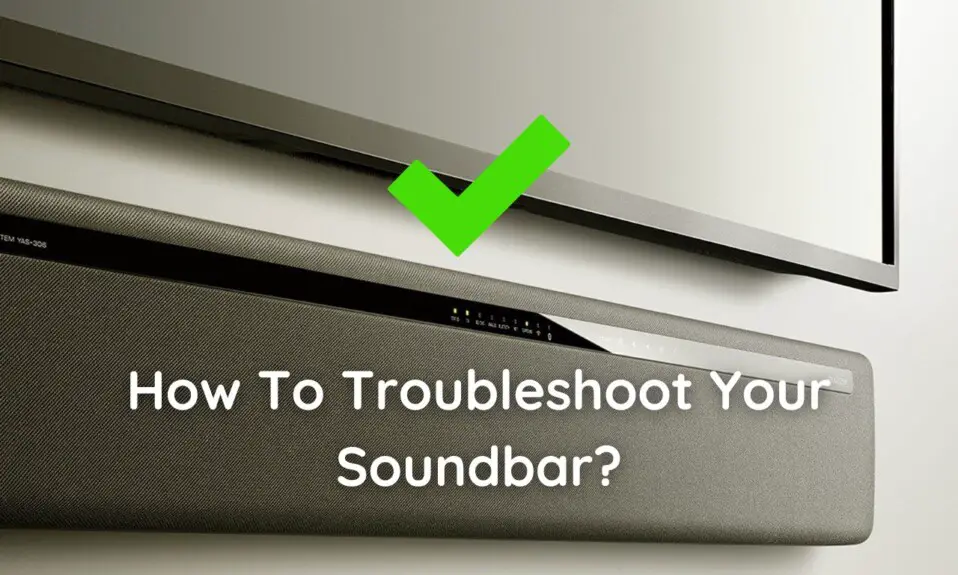

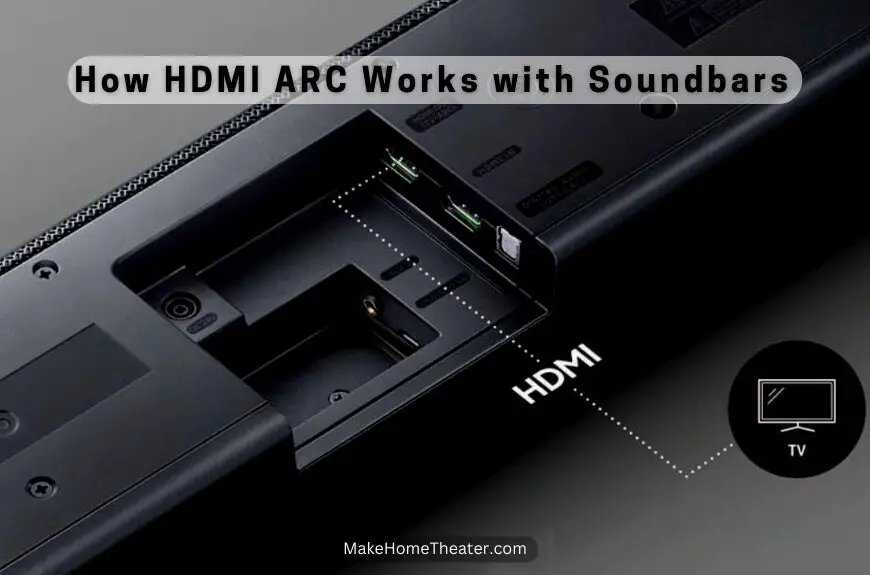
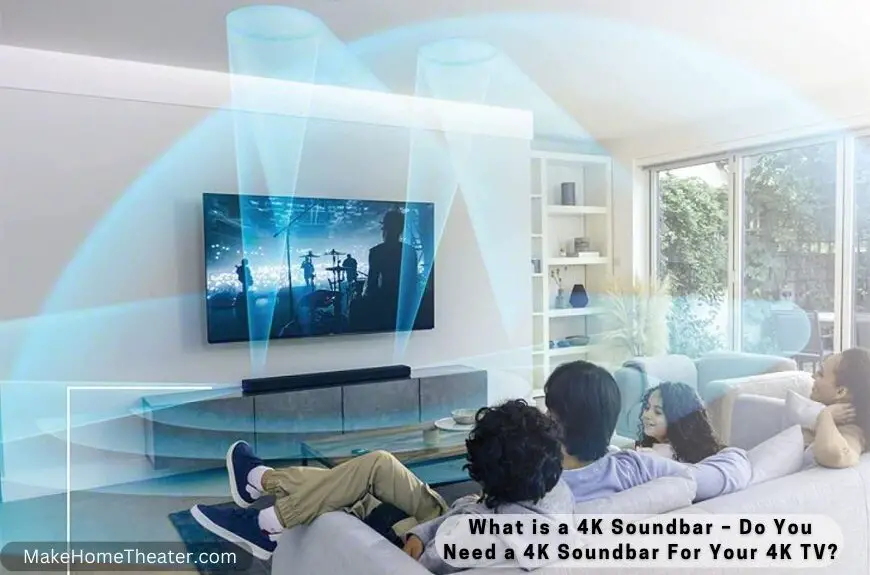

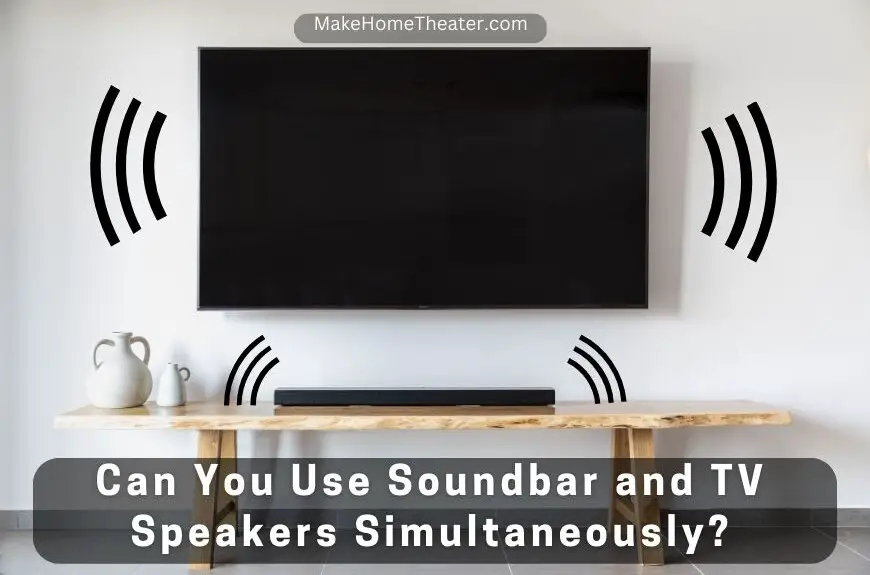




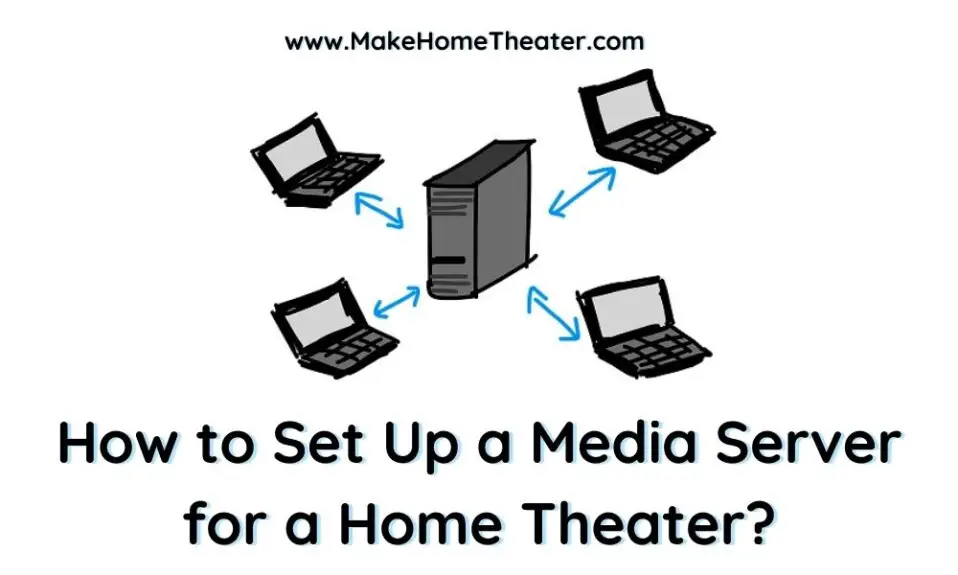
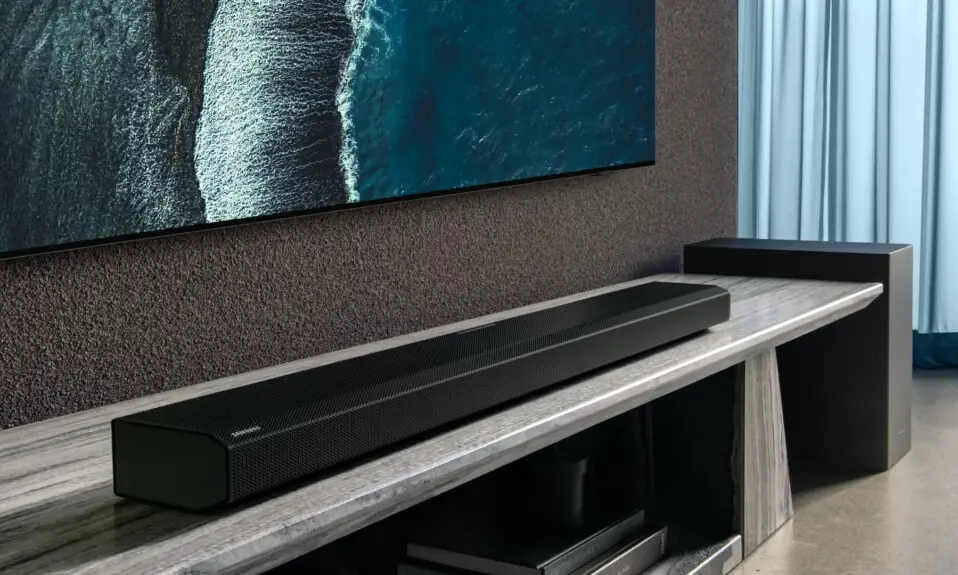

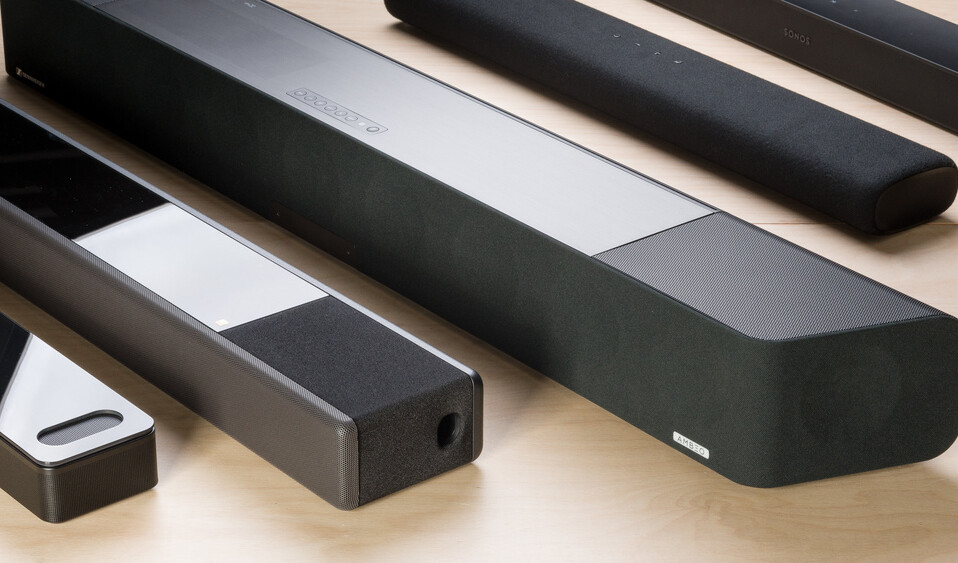
1 Comment